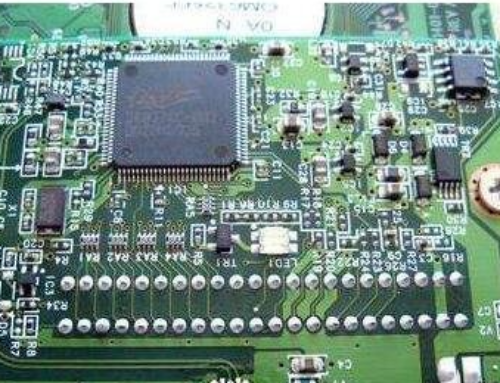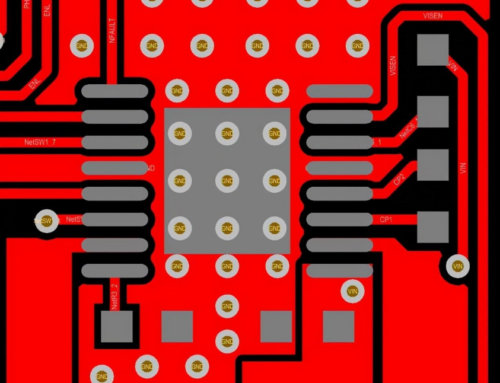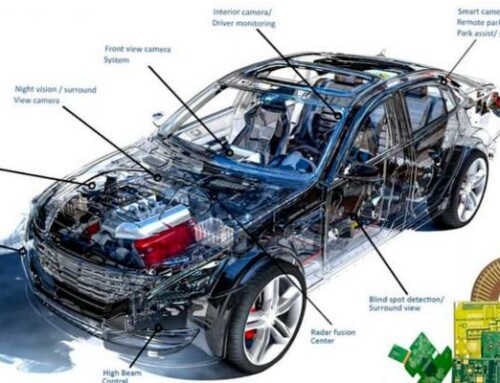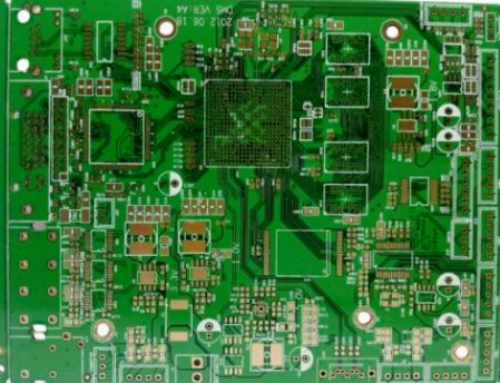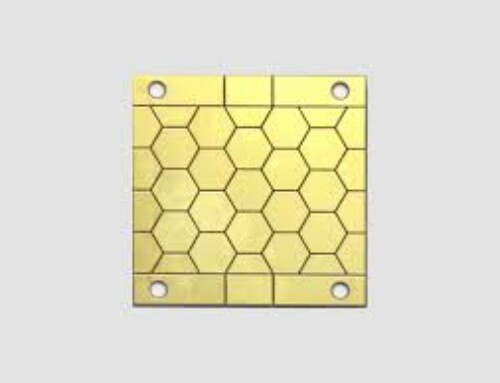712 / 5,000
翻译结果
翻译结果
In the world of modern electronic devices, there is a little-known but vital cornerstone: the printed circuit board (PCB). Whether in mobile phones, TVs, computers or high-tech products such as cars and airplanes, PCB plays a pivotal role. So, what is a PCB and how did it become an integral part of electronic equipment?
First, let’s understand the basic concepts and composition of PCB. A printed circuit board, or PCB for short, is an insulating substrate used to support and connect electronic components. Usually made of insulating materials, such as fiberglass, epoxy resin, etc., the surface is covered with a thin conductive metal layer, and conductive lines are processed through etching and other processes to achieve electrical connections between electronic components.
The PCB manufacturing process is a highly sophisticated technology. From design to production, it needs to go through many links, including circuit design, board selection, circuit production, component placement, welding testing, etc. Each step requires precise process control and quality assurance to ensure the stability and reliability of the final product.
.png)
PCB boards have a wide range of applications and penetrate into the manufacturing of almost all electronic products. In smartphones, PCB carries core components such as processors, memory, and communication modules to realize various functions of the phone. In the aerospace field, high-performance PCBs ensure the stable operation of complex systems such as aircraft and satellites. In addition, PCB also plays an important role in medical equipment, industrial automation, automotive electronics and other fields.

With the continuous development of science and technology, PCB technology is also constantly improving. From single-panel to double-panel to multi-layer boards, the design and manufacturing of PCBs are becoming more and more complex and their functions are becoming more and more powerful. In the future, with the rapid development of 5G communications, Internet of Things, artificial intelligence and other fields, PCB will usher in broader application prospects and more severe technical challenges.
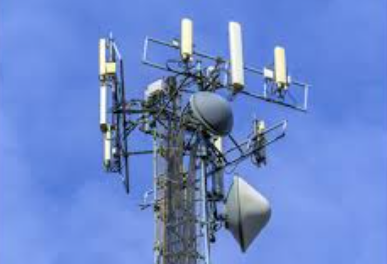
In short, as the cornerstone of modern electronic equipment, the importance of PCB cannot be ignored. It is not only a bridge connecting electronic components, but also an important force in promoting scientific and technological progress. In the future, we have reason to believe that PCB will continue to play an irreplaceable role in the development of the electronics industry.

